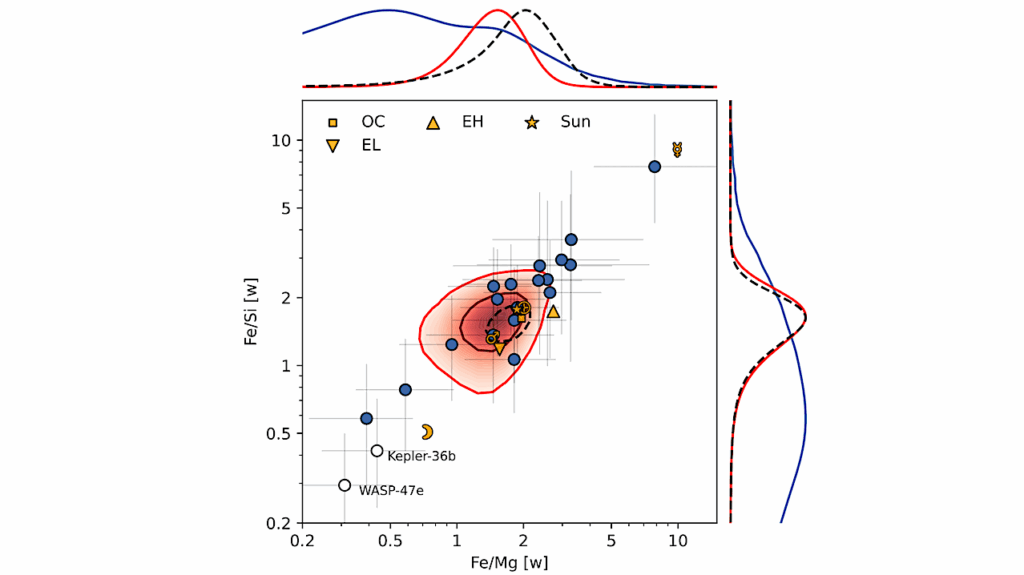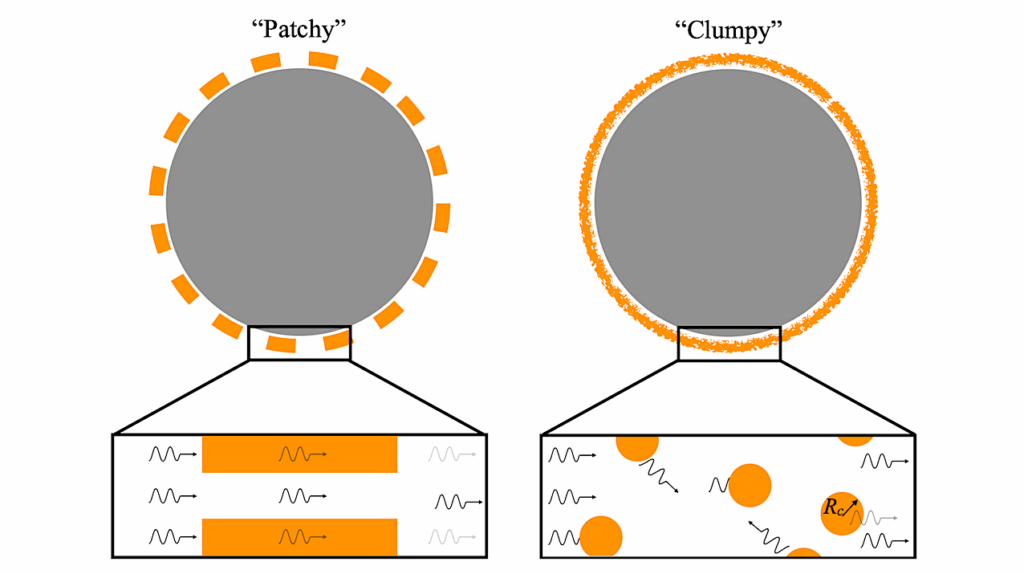Utilizing a Database of Simulated Geometric Albedo Spectra for Photometric Characterization of Rocky Exoplanet Atmospheres

In anticipation of future flagship missions focused on the goal of achieving direct imaging of rocky exoplanets, we have developed a database of models to help the community examine the potential spectral characteristics of a broad range of rocky planet atmospheres.
Using the publicly available Planetary Spectrum Generator (PSG), we have computed a grid of 141,600 rocky exoplanet geometric albedo spectra across a 7-dimensional parameter space. Using this grid, we have performed a color-color analysis seeking to identify the most useful near-ultraviolet and red or near-infrared photometric followup channels to combine with a green-optical (discovery) spectral channel.
We found that a combination of filters at 0.4 um, 0.58 um, and (approx) 0.8um were able to distinguish between atmospheres with moderate-to-high concentrations of four different dominant absorbing constituents, given at least 10 hours of observation on a star at 10 parsec with a 15-meter-class space telescope; however, more moderate abundances similar to those of Solar System rocky bodies would be more challenging to detect. We recommend that future missions seeking to characterize directly imaged rocky exoplanets by colors alone further consider multi-band photometry as a first discriminator for planetary characteristics.
Adam J. R. W. Smith, Avi M Mandell, Geronimo L Villanueva, Michael Dane Moore
Comments: 15 pages, 10 figures. Accepted by AJ as of 9/2/2020
Subjects: Earth and Planetary Astrophysics (astro-ph.EP); Instrumentation and Methods for Astrophysics (astro-ph.IM)
Cite as: arXiv:2009.01330 [astro-ph.EP] (or arXiv:2009.01330v1 [astro-ph.EP] for this version)
Submission history
From: Adam J. R. W. Smith
[v1] Wed, 2 Sep 2020 20:28:33 UTC (2,444 KB)
https://arxiv.org/abs/2009.01330
Astrobiology








